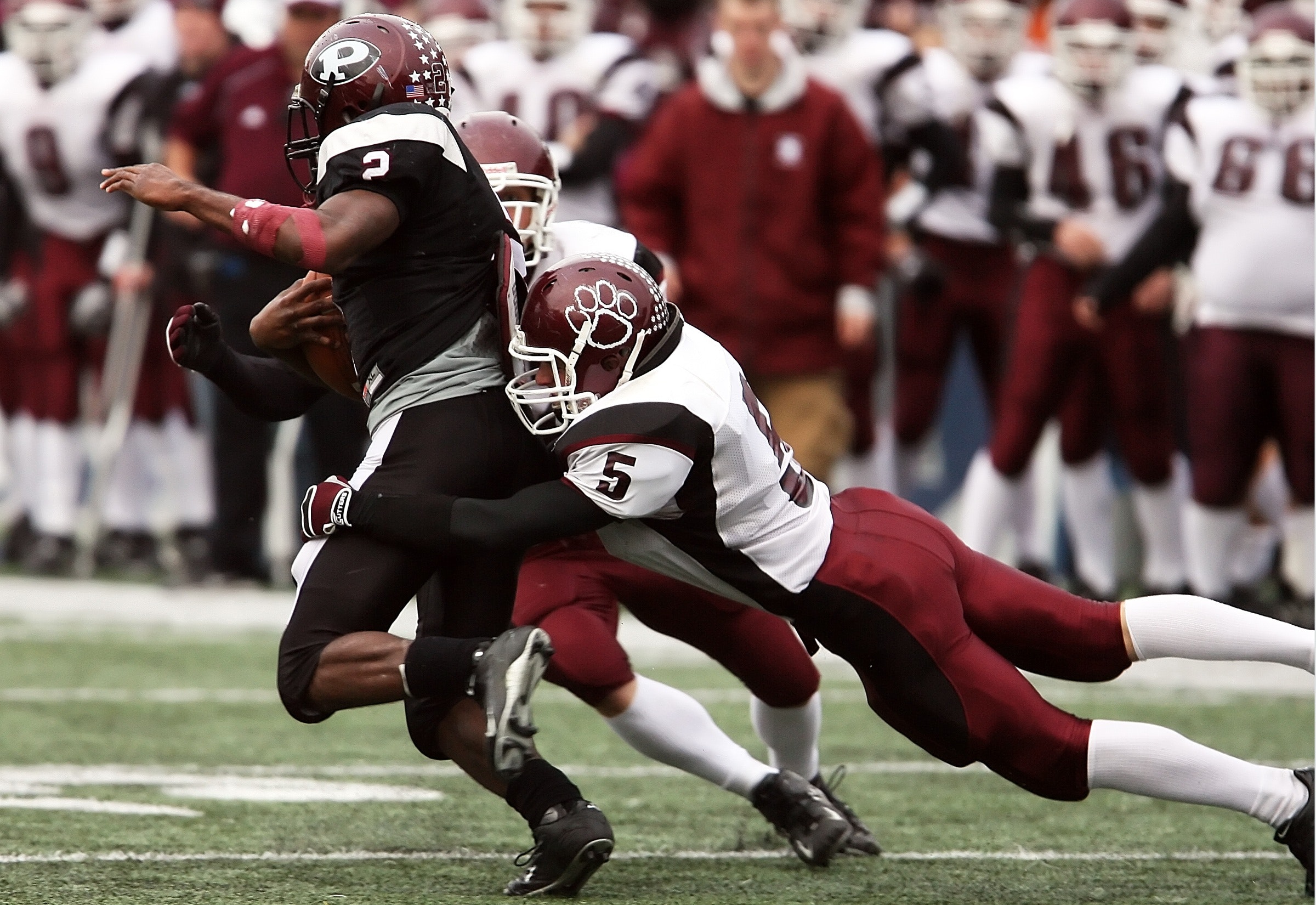By Michael Henken, Sports Editor
Last week, the NCAA passed a law that will provide NCAA athletes competing at the Division I, II and III levels with the opportunity to financially benefit from the use of their name, image and likeness, an opportunity that they haven’t had in years.
Essentially, the law will allow administrators at Division I, II and III schools to create rules that give student-athletes the ability to work with agents and the ability to sign various endorsement deals.
In recent years, the debate on whether or not collegiate athletes, specifically high-level Division I athletes should be paid has stirred up many different ideas and opinions. In my opinion, however, the passing of this law, which will go into effect in 2023, is not only a positive step in the right direction, but a necessary one.
Many people that are opposed to the idea of collegiate athletes being compensated tend to point out the many difficulties that would come with such a process. For example, do all student-athletes get paid the same? That certainly wouldn’t be the case. So, which athletes would be paid what and what would determine those numbers? As one can see, there will be many questions to answer.
Something still must change, especially when taking into account the amount of money universities bring in thanks to athletics, specifically those universities with elite level programs.
Just a few years ago, in 2017, the NCAA brought in over $1 billion in revenue according to a report from SportsIllustrated.com, with the majority of that revenue coming from March Madness, ticket sales and marketing rights. In addition, television rights for the tournament brought in $821.4 million alone.
Simply put, this type of revenue would not be possible without the athletes, as they are the driving force behind it all. With that being said, I completely understand the difficulties that could lead to issues with different athletes at different levels getting paid different amounts and why some may be uneasy about that.
But at the very least, these athletes should be able to financially benefit off of their own likenesses and images. Given the time collegiate athletes put in and the money they bring the NCAA and their universities, it’s ridiculous to think that they can’t make money off of things like autograph signings, sponsorships or endorsements.
With this new law, however, it appears as if change may finally be on the way. Only time will tell whether that remains true over the next few years, but for now, it appears to be a positive for me.
